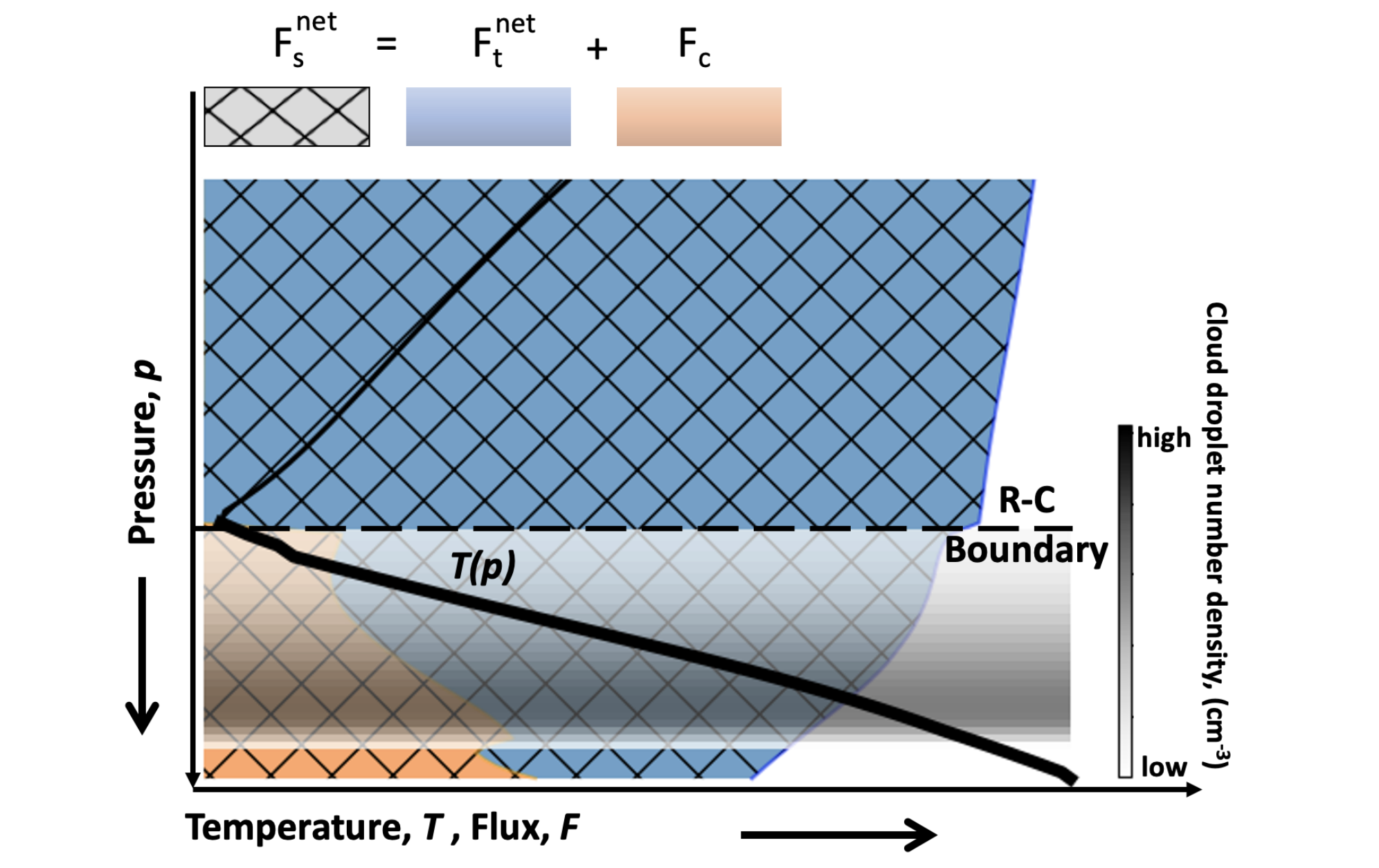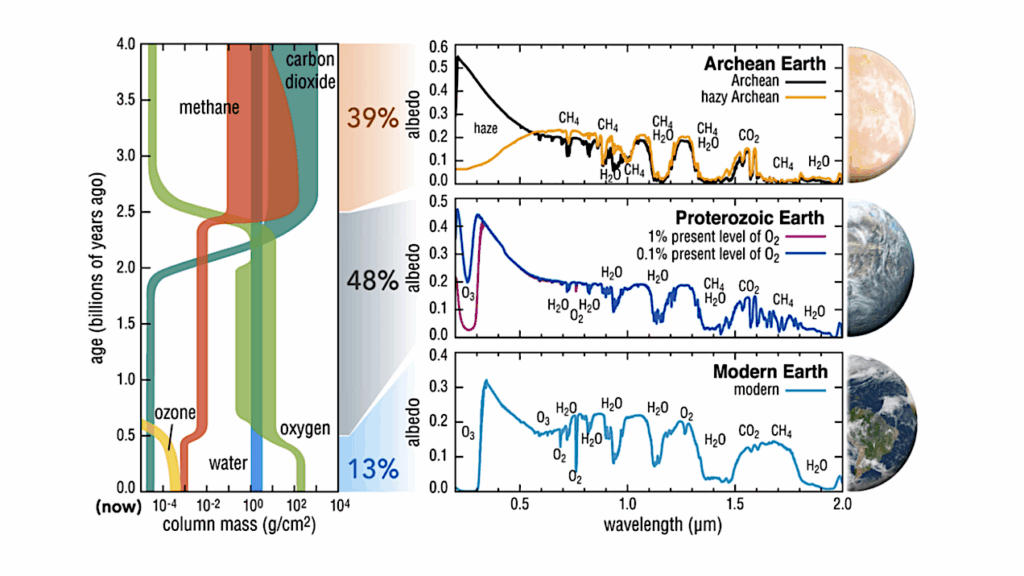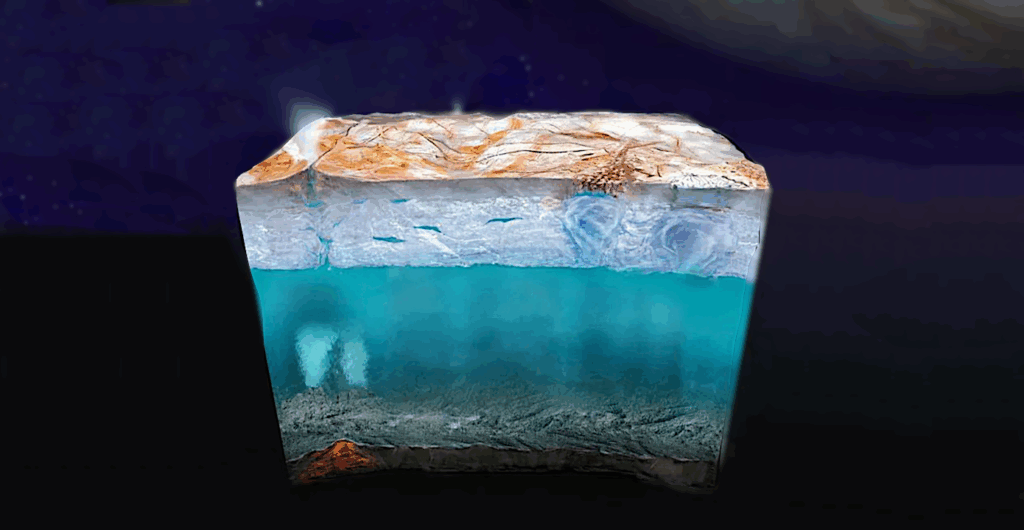A Radiative-Convective Model For Terrestrial Planets With Self-Consistent Patchy Clouds

Clouds are ubiquitous – they arise for every solar system planet that possesses an atmosphere and have also been suggested as a leading mechanism for obscuring spectral features in exoplanet observations.
As exoplanet observations continue to improve, there is a need for efficient and general planetary climate models that appropriately handle the possible cloudy atmospheric environments that arise on these worlds. We generate a new 1D radiative-convective terrestrial planet climate model that self-consistently handles patchy clouds through a parameterized microphysical treatment of condensation and sedimentation processes.
Our model is general enough to recreate Earth’s atmospheric radiative environment without over-parameterization, while also maintaining a simple implementation that is applicable to a wide range of atmospheric compositions and physical planetary properties. We first validate this new 1D patchy cloud radiative-convective climate model by comparing it to Earth thermal structure data and to existing climate and radiative transfer tools.
We produce partially-clouded Earth-like climates with cloud structures that are representative of deep tropospheric convection and are adequate 1D representations of clouds within rocky planet atmospheres. After validation against Earth, we then use our partially clouded climate model and explore the potential climates of super-Earth exoplanets with secondary nitrogen-dominated atmospheres which we assume are abiotic.
We also couple the partially clouded climate model to a full-physics, line-by-line radiative transfer model and generate high-resolution spectra of simulated climates. These self-consistent climate-to-spectral models bridge the gap between climate modeling efforts and observational studies of rocky worlds.
James D. Windsor, Tyler D. Robinson, Ravi kumar Kopparapu, David E. Trilling, Joe LLama, Amber Young
Comments: 28 pages, 15 figures, submitted; community comments welcome
Subjects: Earth and Planetary Astrophysics (astro-ph.EP)
Cite as: arXiv:2210.10004 [astro-ph.EP] (or arXiv:2210.10004v1 [astro-ph.EP] for this version)
https://doi.org/10.48550/arXiv.2210.10004
Focus to learn more
Submission history
From: James Windsor
[v1] Tue, 18 Oct 2022 17:19:00 UTC (1,791 KB)
https://arxiv.org/abs/2210.10004
Astrobiology








